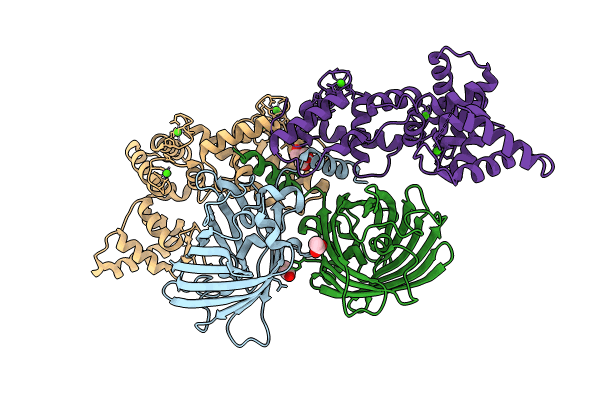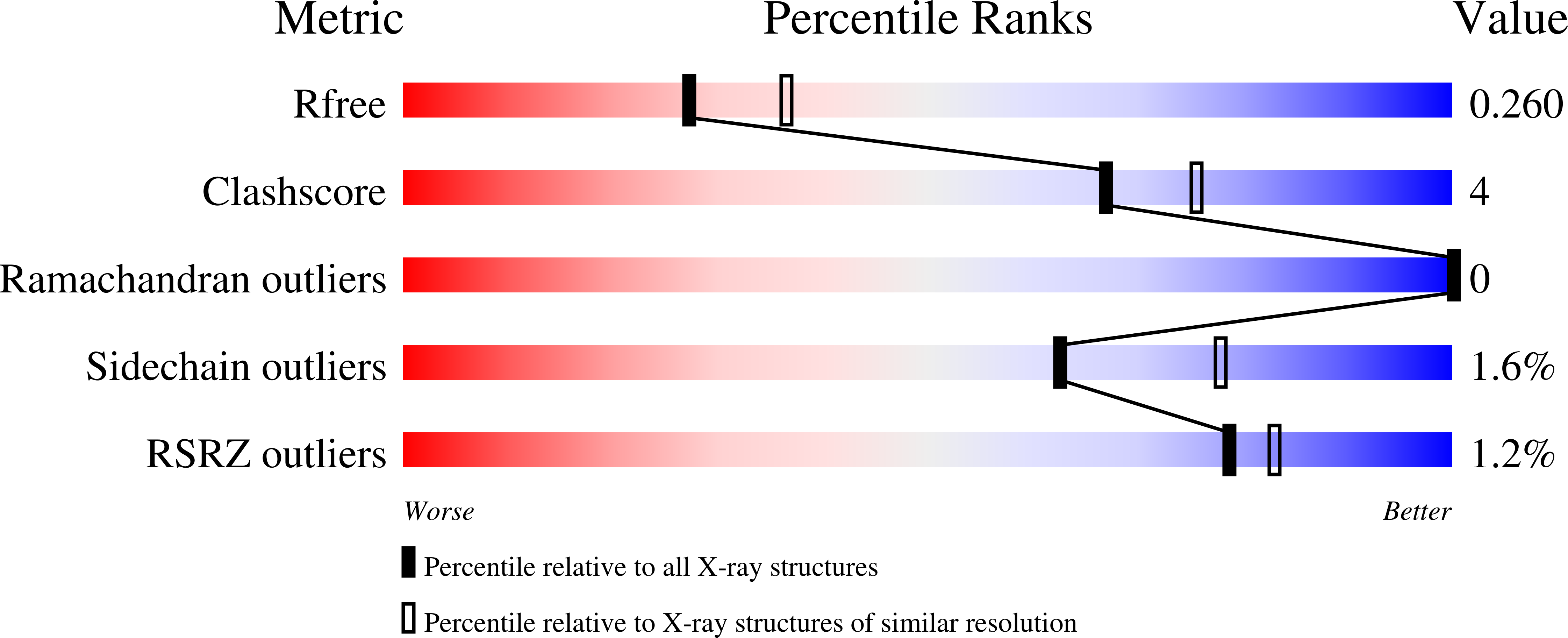
Deposition Date
2022-10-12
Release Date
2024-04-03
Last Version Date
2024-10-23
Entry Detail
PDB ID:
8BAV
Keywords:
Title:
Secretagogin (human) in complex with its target peptide from SNAP-25
Biological Source:
Source Organism:
Aequorea victoria (Taxon ID: 6100)
Homo sapiens (Taxon ID: 9606)
Homo sapiens (Taxon ID: 9606)
Host Organism:
Method Details:
Experimental Method:
Resolution:
2.30 Å
R-Value Free:
0.26
R-Value Work:
0.18
R-Value Observed:
0.19
Space Group:
P 21 21 21


